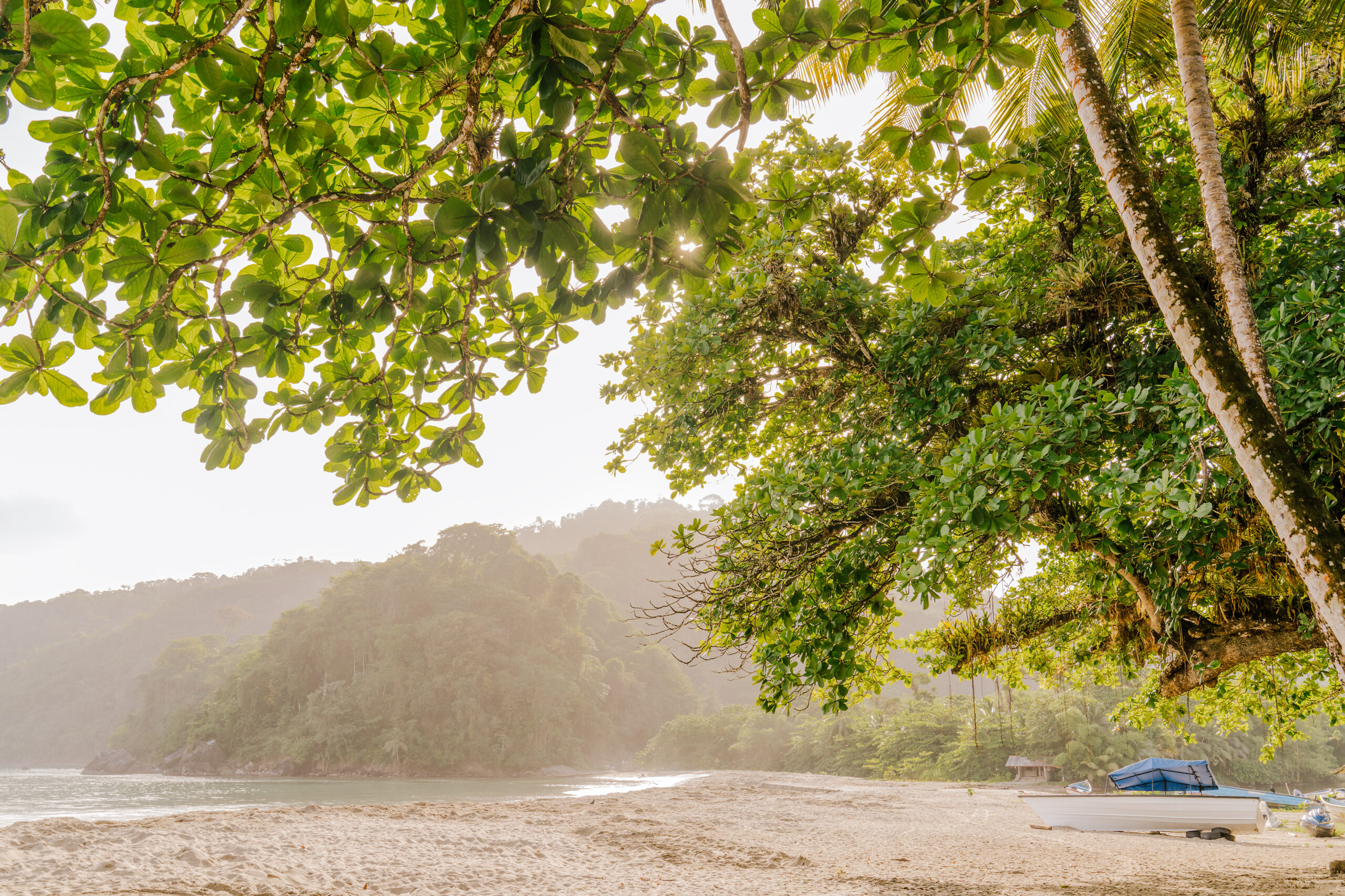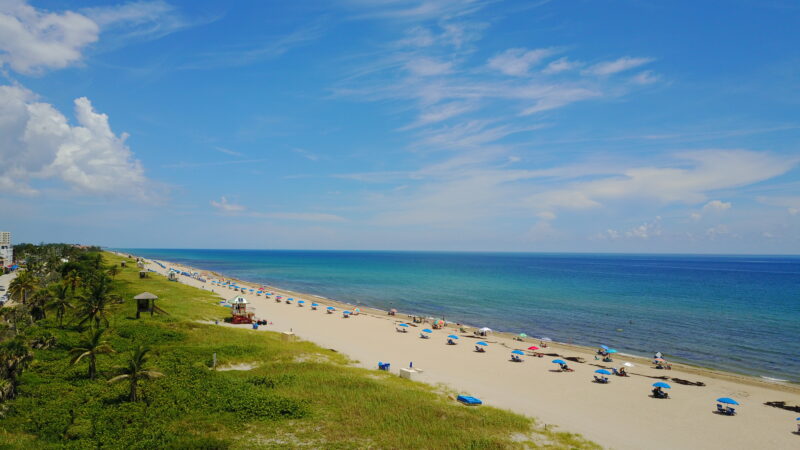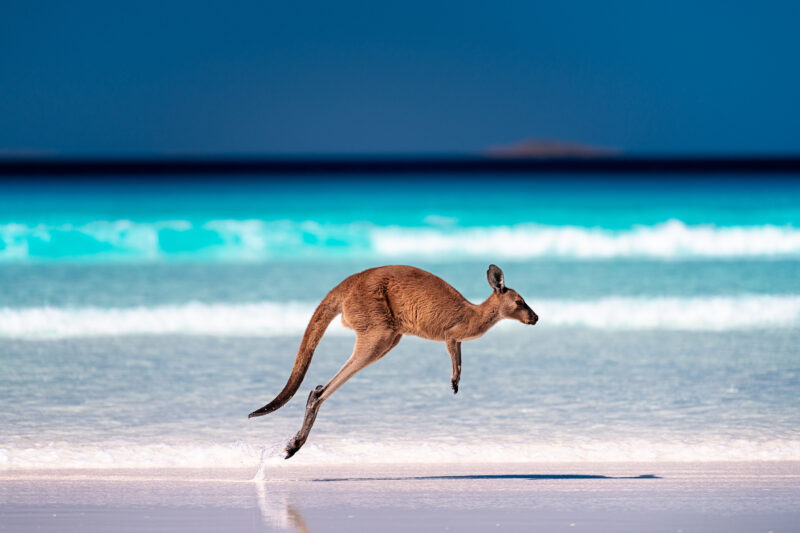When most people think of Trinidad, they likely imagine the vibrant, chaotic energy of Carnival. The annual event in the capital of Port of Spain is a glorious explosion of music and color, but beyond the city’s soca-fueled celebration lies Trinidad’s wild, untamed coastlines. This side of Trinidad includes misty mountain trails, waterfalls carved into rainforests, and the breathtaking spectacle of thousands of Scarlet Ibis returning to their roost at sunset. For travelers willing to look beyond Carnival, Trinidad offers a profound connection to a rugged, more elemental Caribbean.
I recently signed up for a weeklong adventure trek in Trinidad with HADCO Experiences, a locally owned eco-adventure company. The experience, which included moonlit hikes, birdwatching, and chasing bats, completely redefined what a Caribbean vacation could be. If you want to trade the swim-up bar for an ecoadventure, here’s your guide to exploring Trinidad’s most spectacular natural attractions:
Birdwatching at Asa Wright Nature Centre
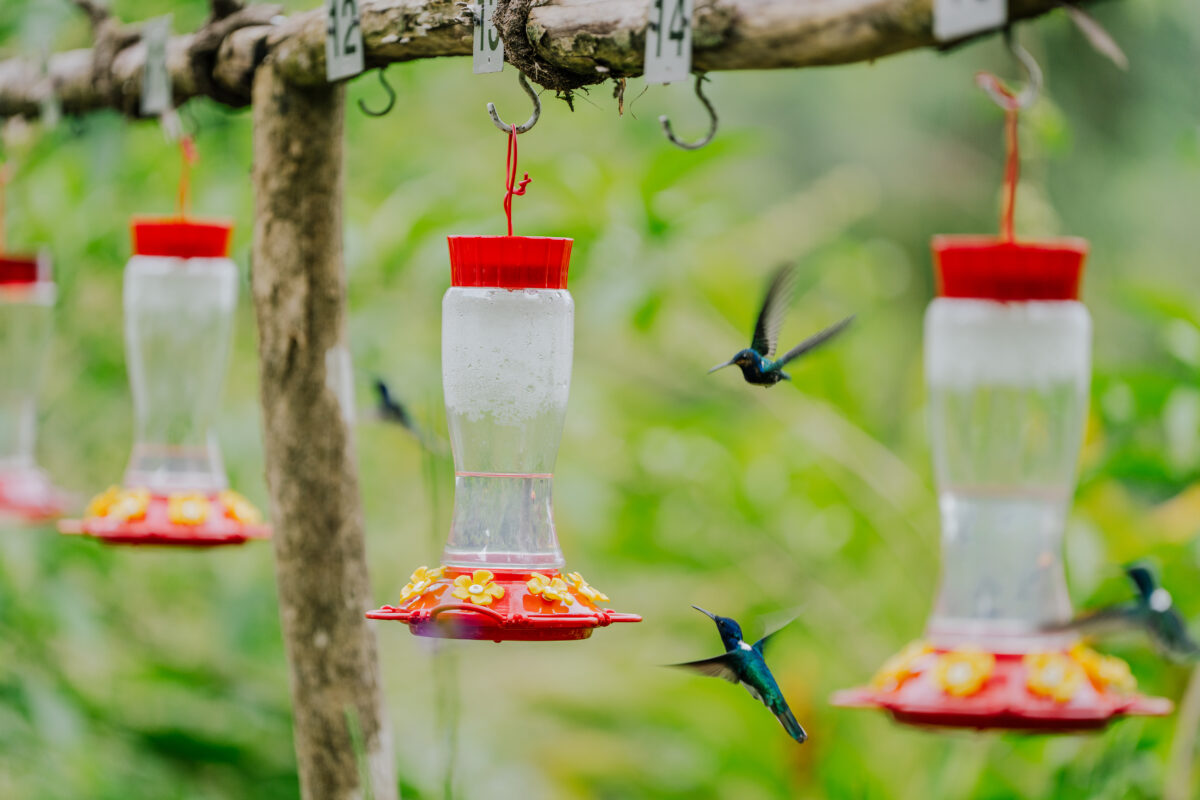
Trinidad’s location, just 7 miles off the coast of Venezuela, meant that I got to experience the biodiversity of South America, condensed into a tiny, welcoming island. My first stop was the Asa Wright Nature Centre, an eco-lodge nestled in the Arima Valley in northern Trinidad. The winding ride from the airport was just over an hour, and I arrived at a lodge enveloped in a peaceful tropical rainforest.
The Asa Wright Nature Centre is ideal for day trips for travelers already in Trinidad, as you can book several guided trail tours around the 1,500-acre property. But one of the best ways to get up close with the center’s native species is to book an overnight stay. The eco-lodge features 29 sleek, updated rooms with views of the rainforest, as well as access to two natural swimming pools. The lodge’s kitchen is also a gateway to the island’s cuisine, serving up authentic Trinidadian staples like curry chicken, savory roti, and fall-off-the-bone oxtail.
One of the best aspects of the hotel stay is the guided hikes led by local, experienced guides. Having grown up on the island, our guide, Giselle, shared her deep knowledge of the property’s surrounding flora and fauna. It also took me two days to really understand the quiet thrill of bird-watching. It started with spotting the sudden flash of a hummingbird’s wings and the surprising sight of a wild toucan in the canopy. The most unforgettable moment, however, came during a hike into the property’s Dunston Caves, where we encountered Oilbirds, Trinidad’s native, nocturnal, fruit-eating birds.
Exploring the Caroni Swamp and Bird Sanctuary
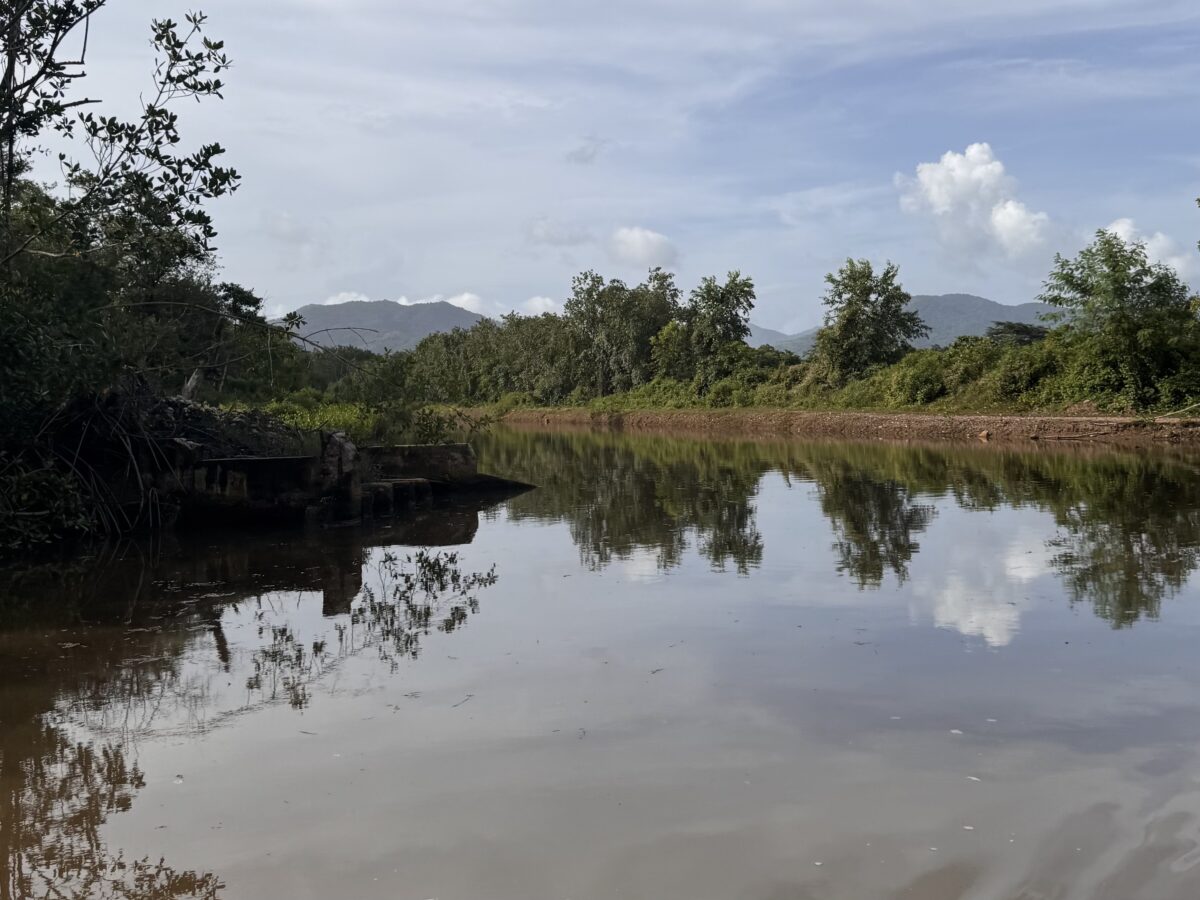
Although Trinidad has some great beaches, the real adventure lies in the Caroni Swamp and Bird Sanctuary. Located just a 15-minute drive from Port of Spain, this sprawling 12,000-acre mangrove wetland is a world away from the coast. It’s a vibrant ecosystem, home to over 180 species of birds, but its most famous resident is the national bird, the spectacular Scarlet Ibis.
A boat tour through this iconic waterway is an essential Trinidadian experience. Book a ride with Nanan’s Eco Tours, led by a third-generation Trinidadian. The signature boat tour leaves at 4 p.m. and allows you to watch the sunset over the mangroves and watch the Scarlet Ibis return to their nest. The birds fly from the Caroni Swamp each morning (some fly as far as Venezuela), and return to the swamp at dusk. We were lucky enough to see a flock of ibis along with a few spotted snakes, flamingos, and crabs. If you go, be sure to bring a pair of binoculars to spot the birds up close.
Bat hunting at Tamana Cave
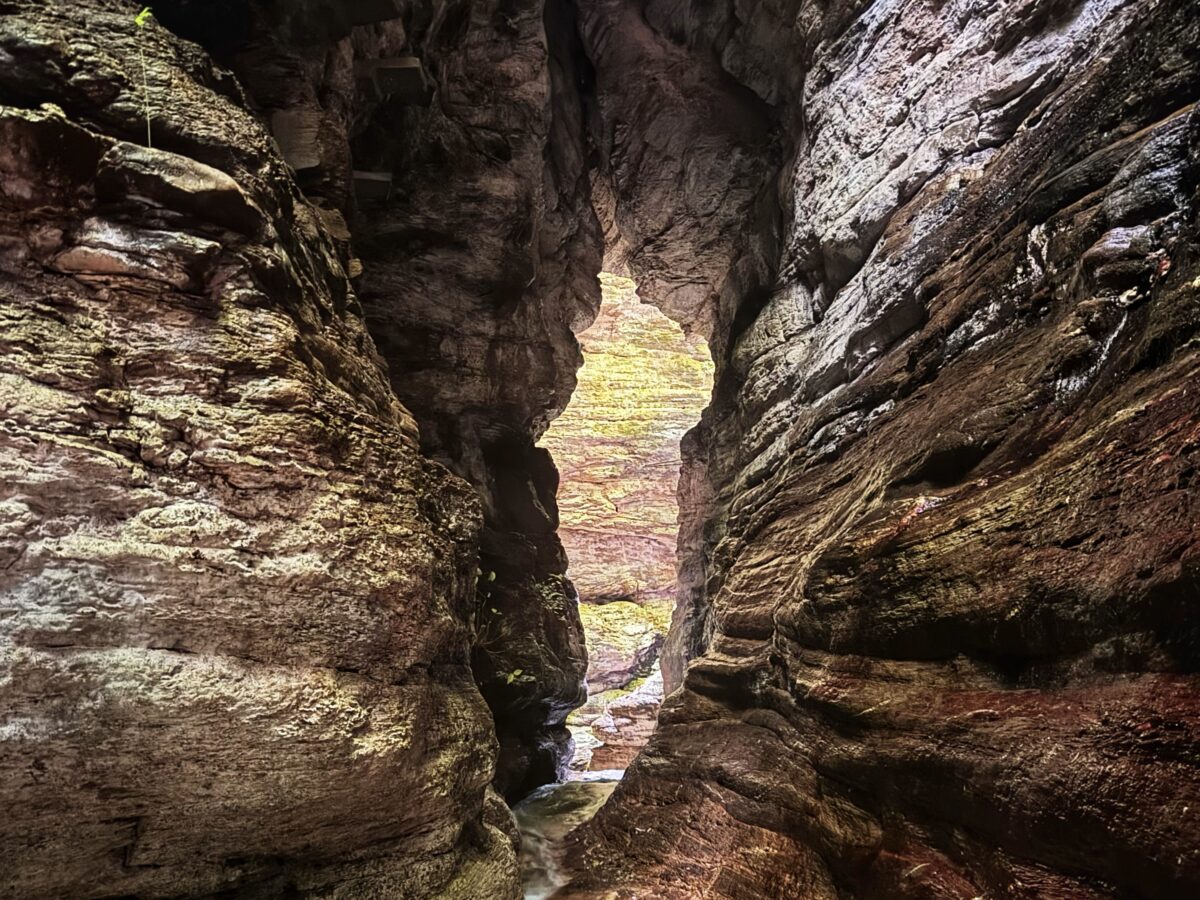
If the thought of millions of bats gets your heart pumping, you’ll love the hike to Tamana Caves, a complex cave system home to one of the largest bat colonies in the world. The caves are approximately an hour and a half’s drive from Port of Spain, and it’s best to explore them with an experienced guide as the trail is unmarked and steep at some points. The hike to the limestone caves can be challenging, especially if it’s been raining, as the slippery, steep incline can be difficult to navigate.
The Tamana Caves are home to 11 different types of bat species, including fruit-eating, insect-eating, and vampire bats. For an unforgettable spectacle, time your hike for sundown to see a horde of bats pour from the cave and into the night air as they begin their search for food. While the sight is a little eerie, as the bats pour out of the cave, they’re unlikely to make contact with you as they use echolocation to navigate around any obstacle, including people.
Turtle watching in Grande Riviere
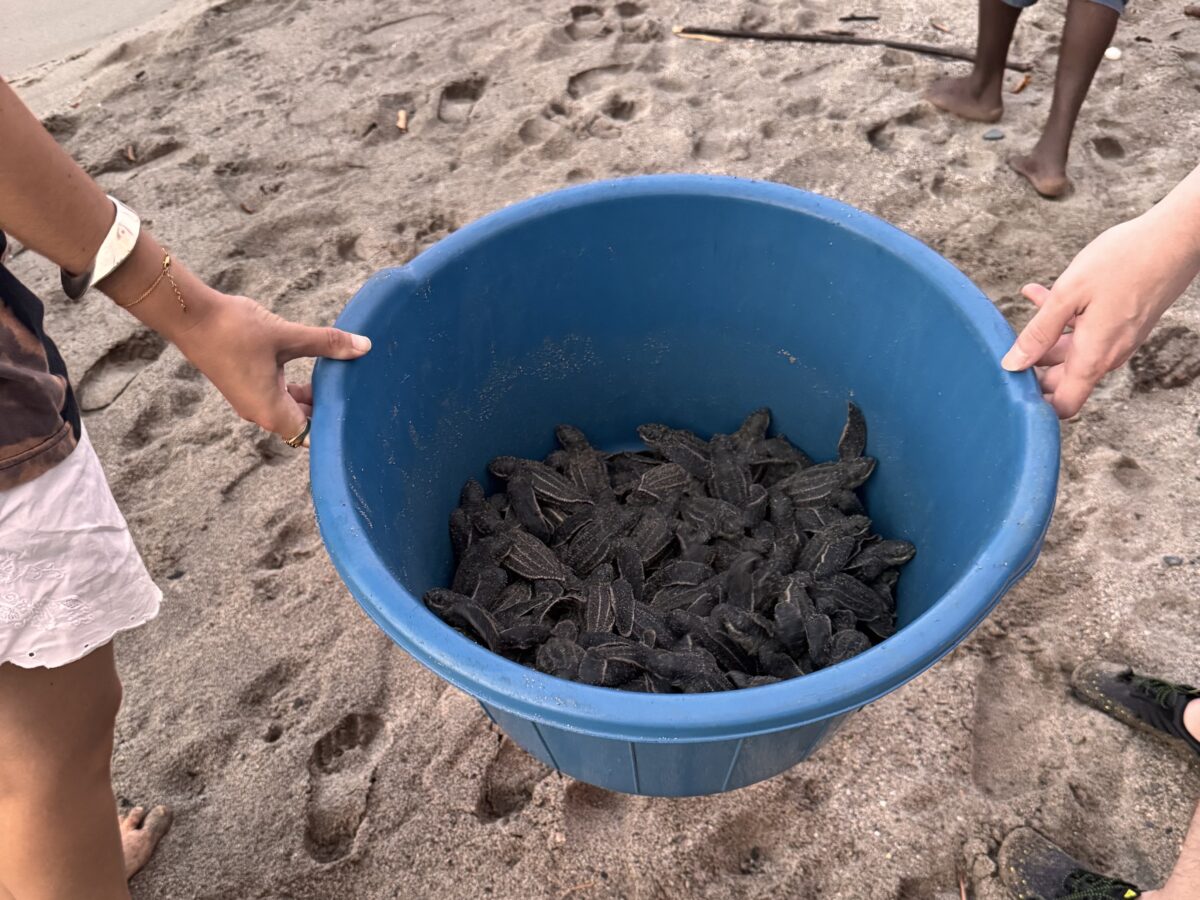
My second stop during my trip began with a two-and-a-half-hour drive to Grande Riviere, a tiny fishing village on the northern coast. The area is one of the world’s most important nesting grounds for the endangered Leatherback turtle. One of the best ways to get a front seat to the action is with a stay at Mt Plaisir Estate Hotel, located on a sea turtle nesting ground, Grande Riviere Beach. The 21-room boutique hotel features modern amenities like a heated pool, and most rooms have a furnished balcony overlooking the water.
I was fortunate to visit Trinidad during turtle nesting season, which typically runs from March through August. During nesting season, local conservationists collect Leatherback hatchlings to protect them from predators like crabs and large birds. As the sun set, we released the hatchlings into the water, many of which will return to that exact spot to lay eggs. The hotel also offers the chance to see giant Leatherback turtles come on shore to lay their eggs. At night, when conservationists spot a sea turtle, guests can be alerted (no matter the hour) and observe these majestic creatures come ashore and lay their eggs from a safe distance.
Hiking to Paria Waterfall
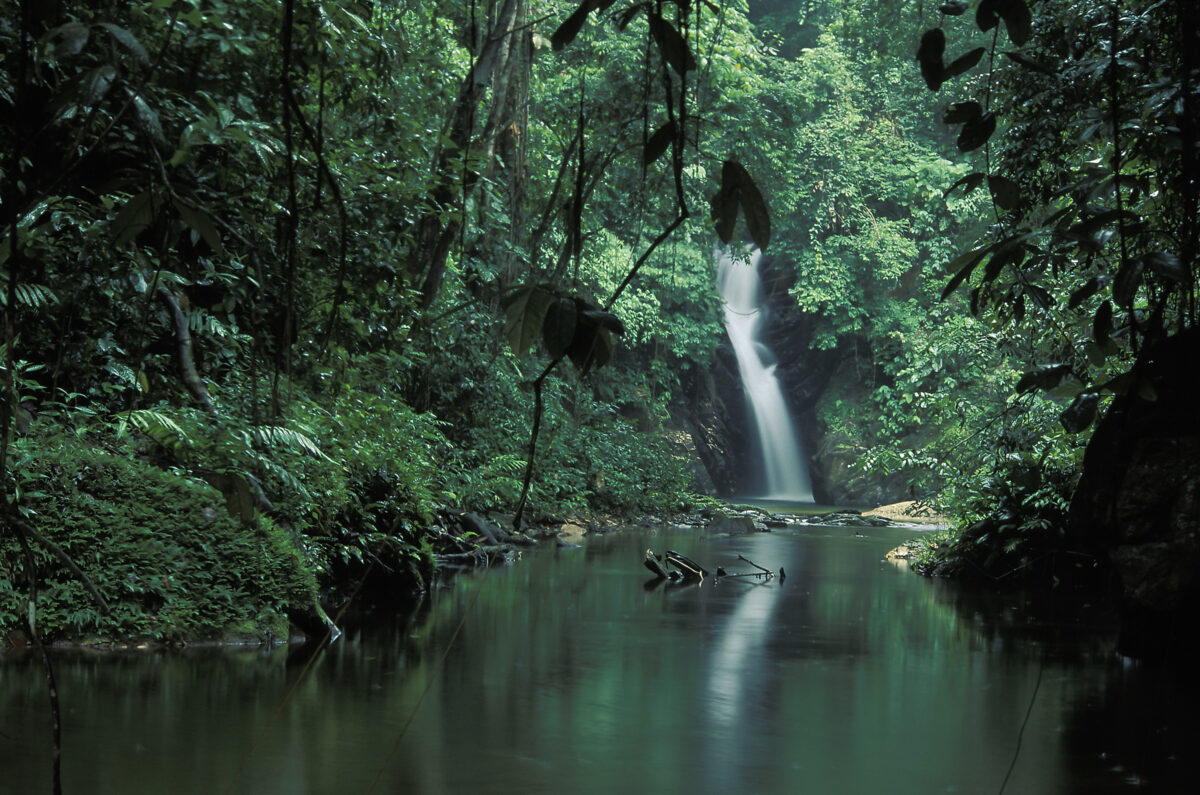
On one of my last days, we took a 45-minute boat ride from Grande Riviere Beach to reach the remote Paria Waterfall. The waterfall is one of the island’s most special attractions because of its remoteness and the scenic journey it takes to get there. Our boat ride landed us on Paria Beach, a rugged, isolated shoreline where the only sound was the roar of giant crashing waves against the rocks.
Before our hike to the falls, we enjoyed a picnic of grilled fish followed by fresh mangos. After a rainy hike, we were rewarded when the clouds parted the moment we arrived. This gave us just enough time to enjoy the 10-foot waterfall cascading into a refreshing plunge pool below.
That single experience perfectly captured the essence of our trip: the simple pleasure of a fresh mango picnic, the challenge of a sudden downpour, and the magical reward of a waterfall all to ourselves. It’s the perfect metaphor for Trinidad itself. It’s an island that repays you with moments of pure, unforgettable beauty.

